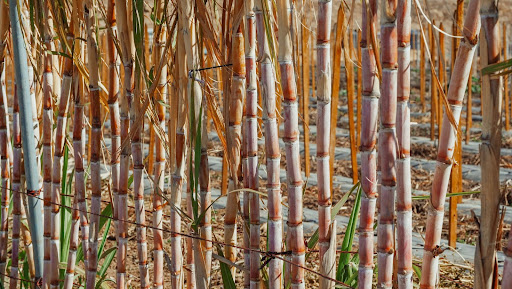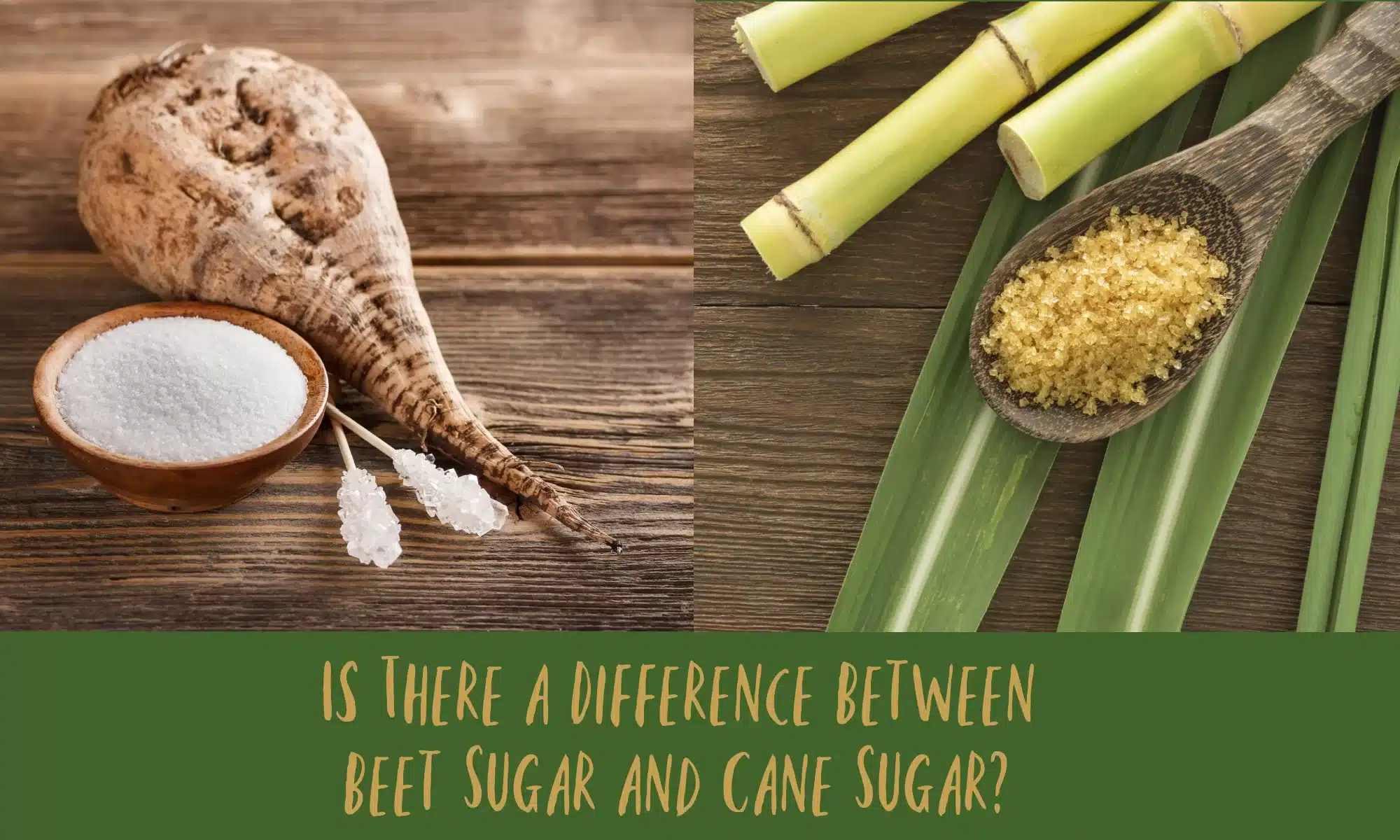The sourcing of beet sugar vs cane sugar affects environmental sustainability in the sugar industry.
The sourcing of beet sugar vs cane sugar affects environmental sustainability in the sugar industry.
Blog Article
Discover the Uses and Conveniences of Beet Sugar Vs Cane Sugar in Your Daily Diet Regimen
Checking out the distinct qualities of beet and cane sugar discloses even more than just their sweetening capacities; it highlights their special influence on health and wellness and cookeries. Beet sugar, known for its refined flavor, is often preferred in fragile desserts, whereas cane sugar, with its tip of molasses, includes richness to durable recipes. Each type holds its very own dietary profile and glycemic ramifications, welcoming a deeper understanding of their functions in a well balanced diet plan and lasting usage techniques.
Origin and Production Procedures of Beet and Cane Sugar

The unique environments and dirt kinds required for growing sugar beets and sugarcane add to distinctions in their cultivation methods and geographical circulation, affecting the economics and sustainability of their production. beet sugar vs cane sugar.
Nutritional Contrast In Between Beet Sugar and Cane Sugar
In spite of stemming from various plants, beet sugar and cane sugar are nutritionally really similar, both mostly consisting of sucrose. Each supplies concerning 4 calories per gram, translating to approximately 16 calories per tsp. Structurally, both sugars are made up of roughly 99.95% sucrose, with marginal amounts of various other substances like wetness and trace minerals, which do not significantly modify their nutritional profiles.

Inevitably, when choosing in between beet sugar and cane sugar based upon dietary content alone, both offer identical advantages and drawbacks as they are essentially forms of the exact same molecule-- sucrose, offering quick energy without other nutrients.
Effect On Health And Wellness: Glycemic Index and Caloric Content
Exploring further right into the impacts of beet sugar and cane sugar on health and wellness, it is necessary to consider their glycemic index and caloric web content. Both sugars are categorized as sucrose, which includes glucose and fructose. This make-up leads them to have a comparable effect on blood sugar degrees. The glycemic index (GI) of both beet and cane sugar is around 65, categorizing them as high-GI foods, which can cause fast spikes in blood sugar levels. This is a crucial facet for people handling diabetes or those attempting to support their energy degrees throughout the day.
Each sort of sugar has about 4 calories per gram, making their calorie material equivalent. For those monitoring calorie intake, particularly when managing weight or metabolic wellness conditions, recognizing this equivalence is important (beet sugar vs cane sugar). However, extreme intake of any type of high-calorie, high-GI food can contribute to health and wellness problems such as excessive weight, heart illness, and insulin resistance.
Environmental and Economic Factors To Consider of Sugar Production
Beyond wellness impacts, the production of beet and cane sugar also elevates significant why not check here environmental and financial concerns. Sugar beet growing tends to need cooler environments and has a lower geographical footprint compared to sugar cane, which prospers in tropical areas. Both crops are intensive in terms of water use and land line of work, possibly leading to logging and water shortage. Economically, the international sugar market is highly unstable, affected by changes in global trade policies and aids. Many countries incentivize sugar production via financial backing, skewing market costs and influencing small farmers adversely.
Additionally, making use of chemicals and plant foods in both beet and cane sugar growing can lead to soil destruction and contamination, further impacting biodiversity and neighborhood water bodies (beet sugar vs cane sugar). The option in between cultivating sugar beet or cane frequently depends upon neighborhood environmental problems and economic variables, making the sustainability of sugar manufacturing a complicated issue
Culinary Applications and Flavor Distinctions
While the ecological and economic facets of sugar production are indeed substantial, the option in between beet and cane sugar also affects culinary applications and taste accounts. Beet sugar, obtained from the sugar beet plant, is recognized for its incredibly neutral preference.
Walking stick sugar, removed from sugarcane, typically retains molasses traces, which give a distinctive richness and deepness. This small molasses taste enhances the complexity of baked items, sauces, and marinades. It is specifically favored in products where a sugar touch is desired, such as in brownies or gingerbread. The minor variation in wetness web content between beet and cane sugar can influence the texture and consistency of meals, making cane sugar a recommended choice find out here for particular dishes that profit from its unique homes.

Verdict
Finally, both beet and Get the facts cane sugar have distinctive beginnings and manufacturing processes, offering similar dietary accounts with mild distinctions in salt web content and taste. While their effect on health and wellness, specifically regarding glycemic index and calories, is comparable, the selection in between them usually comes down to ecological, economic elements, and particular culinary needs. Comprehending these facets can guide customers in making notified choices that straighten with their health goals and taste preferences.
Report this page